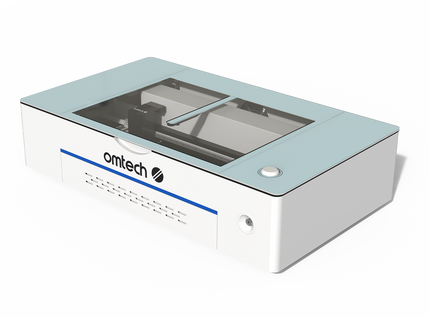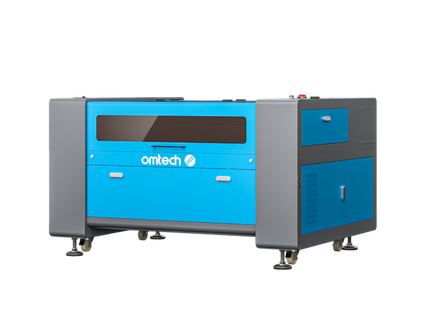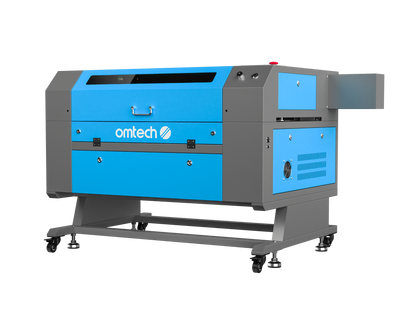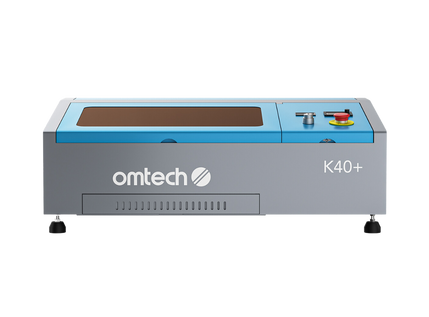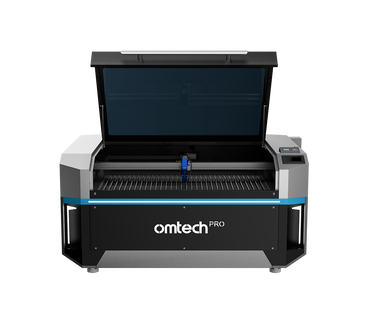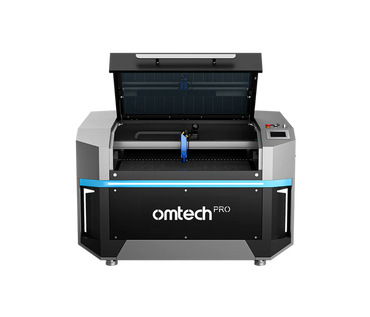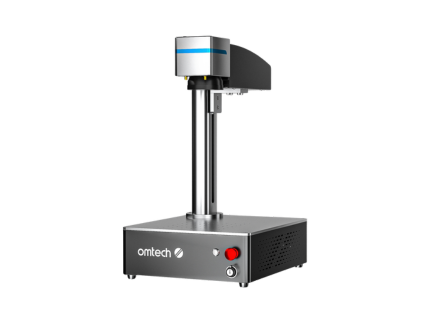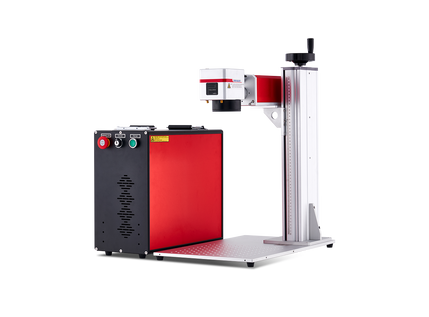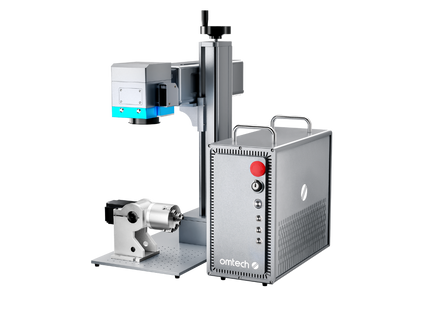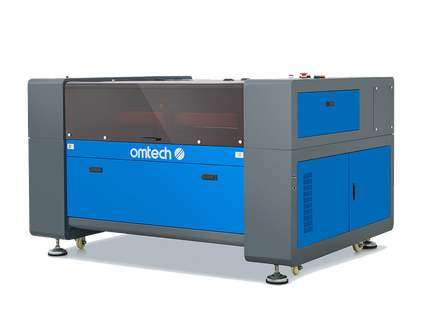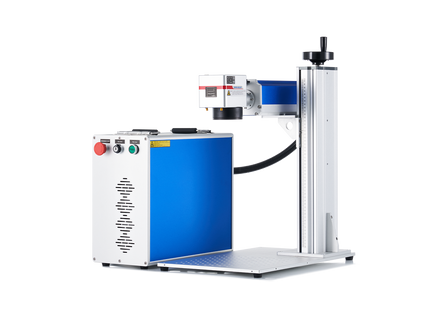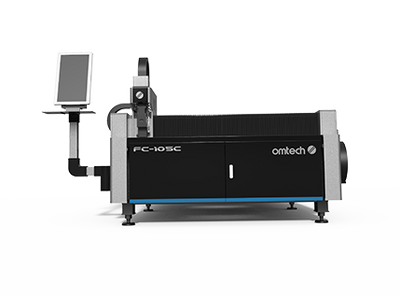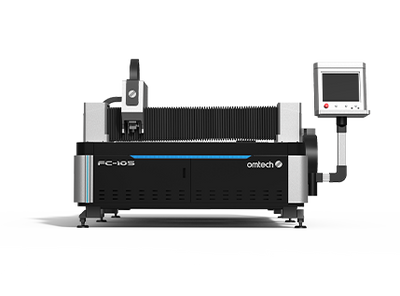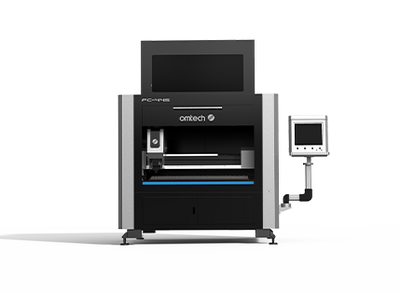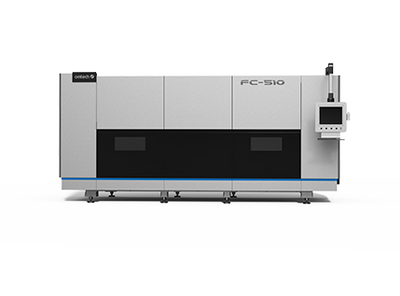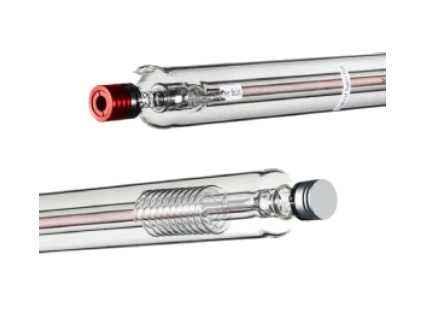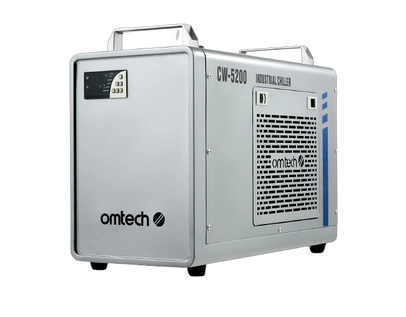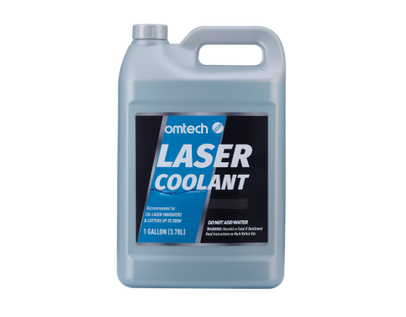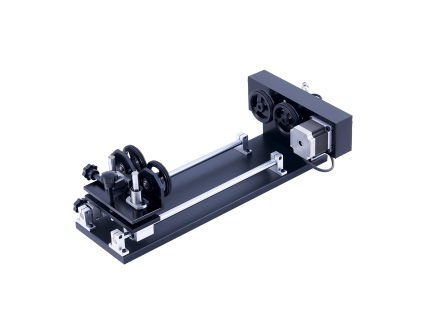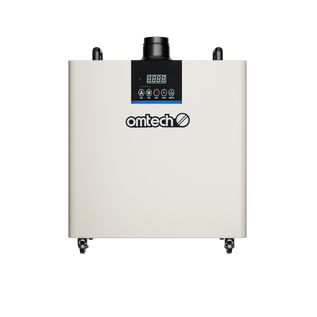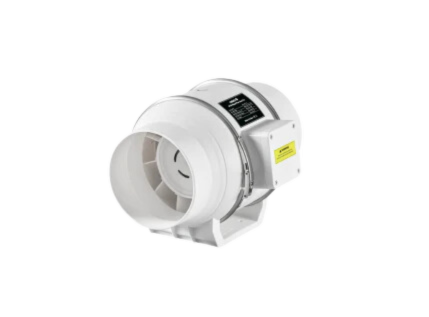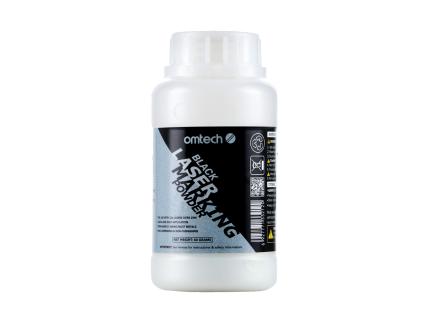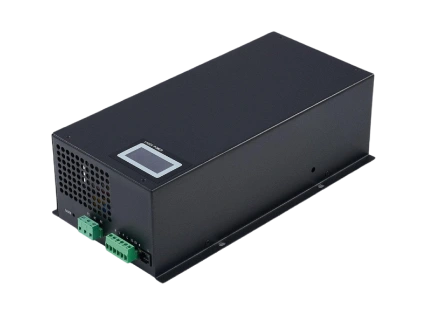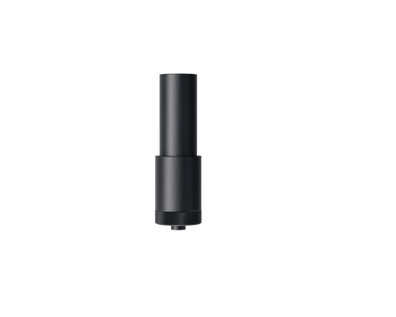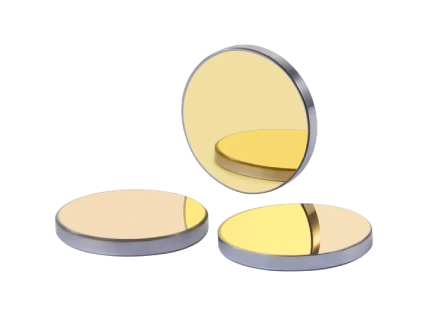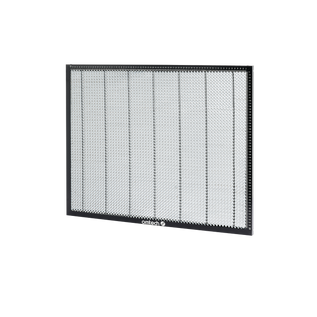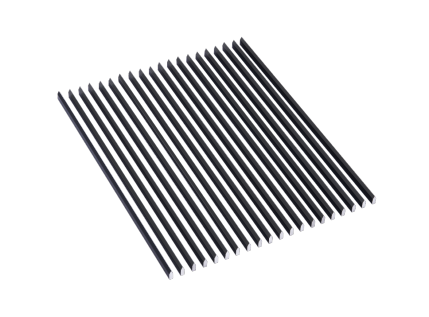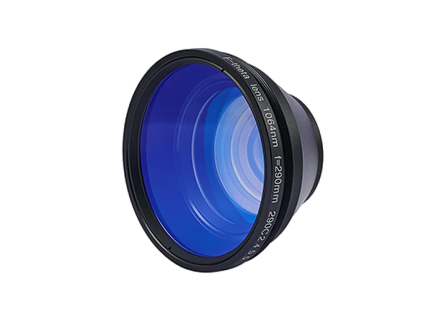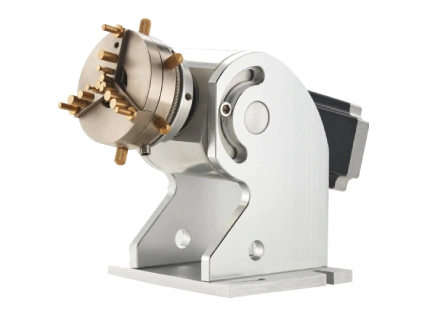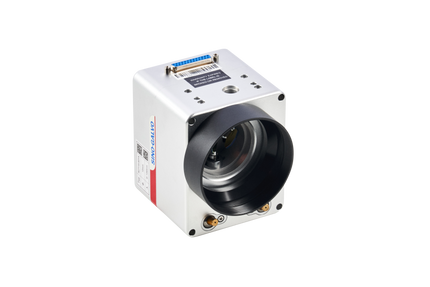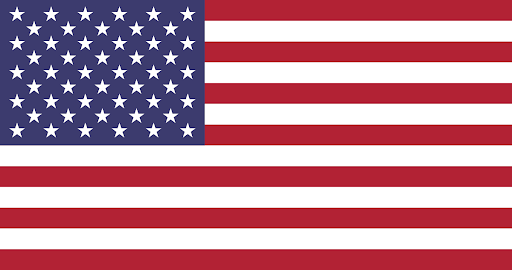How a Quality Laser Bonding Solution Improves The Quality of Laser Engraver Projects
The Perfect Solution to Your Metal Engraving Needs
Are you looking to take your CO2 laser engraver projects to the next level by incorporating metal-based engraving projects into your portfolio? As you may know, CO2 lasers are well known for their versatile engraving abilities on wood, acrylic, glass, and leather. Oftentimes, makers, hobbyists, and small businesses assume that engraving on metal-based material is reserved for a fiber marker. This simply is not the case.
You can easily make stunning metal engravings with CO2 lasers.
With the simple application of a laser bonding solution applied directly to the project surface, your CO2 laser engraver will be able to effectively and efficiently engrave on metal. This simple solution opens the door to new opportunities for metal-based projects. Now, you don’t have to consider the added cost of a fiber marker to work on metal-based projects.
These solutions possess several characteristics that influence the quality of your project’s outcome. Here are 5 aspects to consider when choosing a laser bond solution for your CO2 laser engraver projects:
- Different laser bond solution types (spray can & liquid ink)
- Quality of the laser bondsolution on the metal-based application
- Drying quality
- Support for various metals
- Laser setting limits & parameters
1. The Variety In Application Types Influence The Outcome Of CO2 Laser Engraver Projects
Choose a versatile laser bond solution that accommodates a variety of application types. What many makers may not realize is that the different application types of laser bonding solutions have a critical impact on the project quality. We’ve seen that high-quality laser bond solutions often come in various application styles: spray-based solutions for spraying the metal surface prior to engraving or an ink-based solution to paint the surface. Liquid ink-based solutions are typically water-based and intended for dilution with denatured alcohol. Having such options gives users more functionality in how they want to prepare their metal-based application for engraving.
2. The Quality Of The Laser Bonding Solution Itself Has A Huge Impact On The Outcome Of Your Project
Now, this should come as no surprise - we have seen projects suffer from low-grade laser bond solutions. It’s important to remember that the laser bond solution acts as the single reactive layer between the metal and the CO2 laser. Low-grade laser bond solutions that possess material deficiencies can leave your project looking unfinished, uneven, and unprofessional. To determine if your chosen laser bonding solution possesses the needed quality for your project, reference the laser bond solution’s user guide, ingredients, and specifications, as well as user reviews and ratings through various platforms for an unbiased review.
3. High-Quality Laser Bonding Solutions Dry Evenly Ensuring Consistent Engraving Outcomes
One critical characteristic of any given laser bond solution is the drying quality, specifically the evenness of drying! We’ve found examples of lower quality laser bond solutions drying unevenly. Now, this might not seem like a big deal, but if the laser bond solution hasn’t dried properly before engraving, you’re going to risk creating undesirable inconsistencies in the marking process. This is especially critical if the metal you’re engraving on is expensive, rare, or owned by a customer looking for a custom engraving. Avoid the hassle of creating inconsistencies and sub-optimal projects by ensuring your laser bond solution comes backed with great ratings, and user testimonials. Looking for information specifically on drying times and considerations is critical when choosing a quality laser bond solution.
4. Premium Laser Bonding Solutions Support Various Types of Metal
When working with metal-based projects, it’s important to ensure that your laser bond solution supports the specific metal that you’re working on. Many of the high-quality solutions on the market today support materials such as glass, ceramic, and metals like stainless steel, brass, aluminum, copper, titanium, tin, nickel, and many others. Unfortunately, many of the lower-grade solutions simply do not support a wide variety of materials, or are only effective on certain materials and less effective on some of the materials they claim to support. Check the application instructions as well as customer insight and feedback to ensure the laser bond solution you’re looking for works well with the given material of your project.
5. High-End Laser Bonding Solutions Provide Laser Engraving Limits & Parameters
Lastly, check that your laser bond material provides engraving values for the power, speed, and DPI/PPI parameters for different materials. These parameters are vital when operating your CO2 laser engraver. Setting the power, speed, or DPI/DSS too high for a given material can result in a damaged or ruined project - regardless of the chosen laser bond solution. So, before jumping into that metal project with your chosen laser bond material, ensure you have access to these material-specific specs provided by your laser bond material user guide.
Conclusion
Hopefully, this article has provided some clear and direct information about what to look for in a quality laser bond solution and how to spot low-grade laser solutions. If you’re looking to learn more about metal-based CO2 laser engraving applications check out another detailed write-up here. Also, don’t forget to check out our training and installation services here to keep up-to-date on all of our in-depth material!
Author Bio
Dalton J.
Dalton J. graduated from the University of Arizona with a BS in Electrical & Computer Engineering. He has a deep passion for emerging tech, IoT, and all things Maker!




